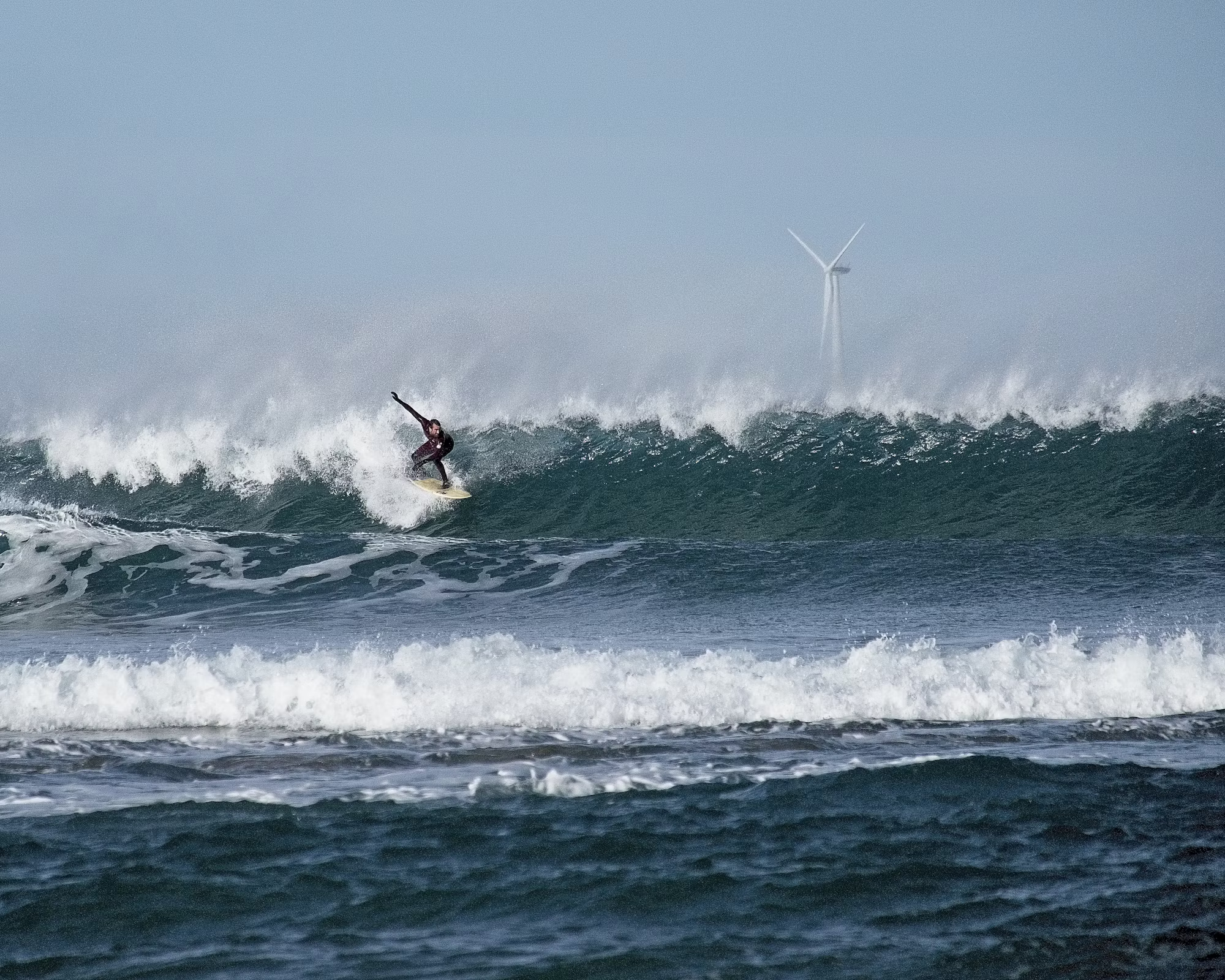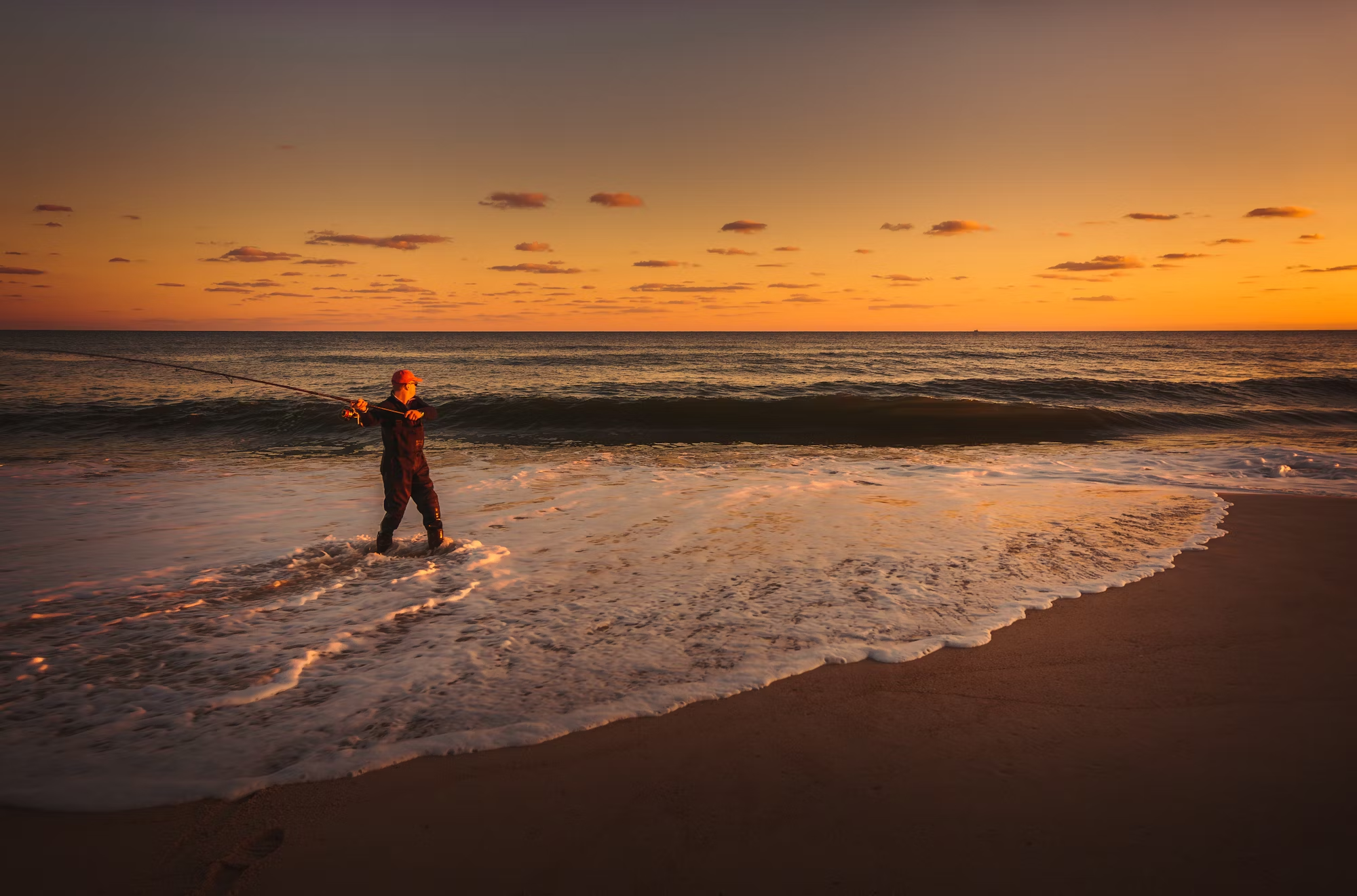Surfing is a dynamic sport that has captivated people worldwide, drawing them into its exhilarating embrace. Beyond the thrill of riding waves, surfing encompasses a diverse range of styles, each offering unique techniques and experiences. Whether you’re a beginner eager to catch your first wave or an experienced surfer looking to refine your skills, understanding the various surfing styles can enhance your journey in the water. In this article, we will explore the fundamental aspects of shortboarding, longboarding, big wave surfing, stand-up paddleboarding (SUP), tow-in surfing, bodyboarding, tandem surfing, and skimboarding, delving into their techniques and the joys they bring.
Shortboarding: The Fast and Furious
Shortboarding is perhaps the most recognized style of surfing, characterized by smaller, thinner boards that are typically between 5 and 7 feet long. This style is synonymous with high performance and agility, allowing surfers to execute rapid turns, sharp cutbacks, and impressive aerial maneuvers. The shorter length and narrower design of the board enable quick reactions to the dynamic nature of ocean waves.
Shortboarders often seek out powerful, steep waves that provide the right conditions for high-speed riding. The thrill of catching a wave and performing tricks makes shortboarding incredibly appealing to those who thrive on adrenaline. While shortboarding demands physical strength and technical skill, it also fosters creativity, encouraging surfers to express their individuality through unique maneuvers and styles. Competitions in this discipline highlight the athleticism and artistry involved, showcasing surfers pushing the limits of what is possible on a board.
Longboarding: The Dance of the Waves
In contrast to the fast-paced world of shortboarding, longboarding offers a more relaxed and graceful approach to riding waves. Longboards, which measure 9 feet or longer, allow for smooth, flowing movements and classic maneuvers that evoke a sense of nostalgia for the early days of surfing. Longboarders often focus on style and elegance, performing tricks such as noseriding—walking to the front of the board—and cross-stepping, which involves shifting weight from foot to foot while maintaining balance.
This style emphasizes a deep connection with the ocean, as surfers glide along the waves, often choosing smaller, mellower swells that invite exploration. Longboarding celebrates the artistry of surfing, allowing surfers to express themselves in a way that is both graceful and captivating. Many longboard competitions emphasize not just technical skill but also the aesthetics of the ride, making it a truly unique experience.
Big Wave Surfing: Conquering the Giants
For those seeking the ultimate challenge, big wave surfing is the pinnacle of the sport. This discipline involves tackling waves that reach heights of 20 feet or more, requiring a combination of skill, courage, and respect for the ocean. Surfers in this arena must be intimately familiar with wave dynamics and conditions, as well as the physical demands of riding such powerful swells.
Big wave surfers often use specialized equipment, including thicker boards designed to withstand the force of the ocean. Many also utilize tow-in surfing techniques, where personal watercraft are used to pull surfers into waves that would be impossible to paddle into. This technique opens up opportunities to ride massive swells, pushing the boundaries of what surfers can achieve.
The culture surrounding big wave surfing is deeply rooted in camaraderie and respect for fellow surfers and the ocean itself. Locations such as Jaws in Hawaii and Mavericks in California have become legendary spots where surfers test their limits, often sharing their experiences and knowledge to foster a sense of community.
Stand-Up Paddleboarding (SUP): Versatility on the Water
Stand-up paddleboarding (SUP) has gained immense popularity as a versatile water sport that caters to individuals of all skill levels. In this style, surfers stand on larger boards and use a paddle to navigate various conditions, from calm lakes to ocean waves. SUP allows for a unique blend of activities, including fitness, leisurely exploration, and even yoga on the water.
For surfers, SUP provides an excellent way to build strength and balance while enjoying the beauty of the ocean. Wave riding in SUP combines techniques from both traditional surfing and paddling, making it accessible and enjoyable for a wide audience. The stability of the larger board offers a sense of security, making it a perfect option for beginners while still providing experienced surfers with a new challenge.
Tow-In Surfing: The Next Level of Adventure
Tow-in surfing is a technique that has revolutionized the way surfers tackle big waves. By using personal watercraft, surfers can be towed into powerful waves that are otherwise impossible to paddle into. This method allows experienced surfers to access larger and faster waves, pushing the limits of their skills and abilities.
Tow-in surfing requires a high level of coordination between the surfer and the watercraft operator. It demands a deep understanding of wave behavior, safety measures, and the necessary physical capabilities. The adrenaline rush that comes from catching a massive wave is exhilarating, and the combination of technology and traditional surfing skills makes this discipline a fascinating aspect of the sport.
Bodyboarding: A Different Perspective
Bodyboarding offers a unique take on wave riding, allowing surfers to catch waves while lying on a smaller, rectangular foam board. Bodyboarders often ride waves closer to the shore and can use techniques such as riding on their belly or knees. This discipline emphasizes fun and creativity, making it accessible to surfers of all ages and skill levels.
Bodyboarding is known for its dynamic maneuvers, including spins, rolls, and aerial tricks. Many bodyboarders enjoy the thrill of catching waves and experimenting with different styles, fostering a playful spirit that is central to the sport. Competitions highlight the creativity and skill of bodyboarders, showcasing their ability to navigate the waves in exciting ways.
Tandem Surfing: The Art of Partnership
Tandem surfing brings a collaborative element to the sport, involving two surfers riding a single board together. In this discipline, one surfer acts as the “driver,” while the other performs a variety of lifts, tricks, and poses. This style combines elements of acrobatics and dance, showcasing the trust and synergy between partners.
Tandem surfing emphasizes teamwork, requiring precise timing and communication to achieve fluid movements on the waves. The beauty of this discipline lies in the artistic expression of both surfers, creating visually stunning displays that captivate audiences. Competitions in tandem surfing celebrate not only technical skill but also the aesthetic quality of the performance, making it a captivating aspect of the surfing community.
Skimboarding: Riding the Shallows
Skimboarding offers a unique approach to wave riding, focusing on the shallow water near the shore. Surfers use smaller boards to run along the sand and drop them onto the thin wash of an incoming wave, riding it back to shore. Skimboarding is characterized by its playful nature, with surfers performing tricks such as wraps and 360s as they navigate the waves.
This discipline is accessible to beginners and provides a fun way to experience the thrill of riding waves without the need for deep water. Skimboarding encourages creativity and experimentation, allowing surfers to develop their own style in a variety of conditions. The joy of catching a wave and riding it back to shore creates an exhilarating experience that embodies the spirit of surfing.
Conclusion: Embracing the Journey
Surfing is a multifaceted sport that offers endless possibilities for exploration and growth. From the adrenaline-fueled excitement of shortboarding to the graceful movements of longboarding, each style presents unique opportunities to connect with the ocean. Understanding the different techniques and philosophies of surfing enriches the experience, allowing enthusiasts to discover what resonates most with them. As you embark on your surfing journey, embrace the waves, connect with the community, and enjoy the thrill of riding the ocean’s rhythms. No matter your style or skill level, the joy of surfing awaits you.



